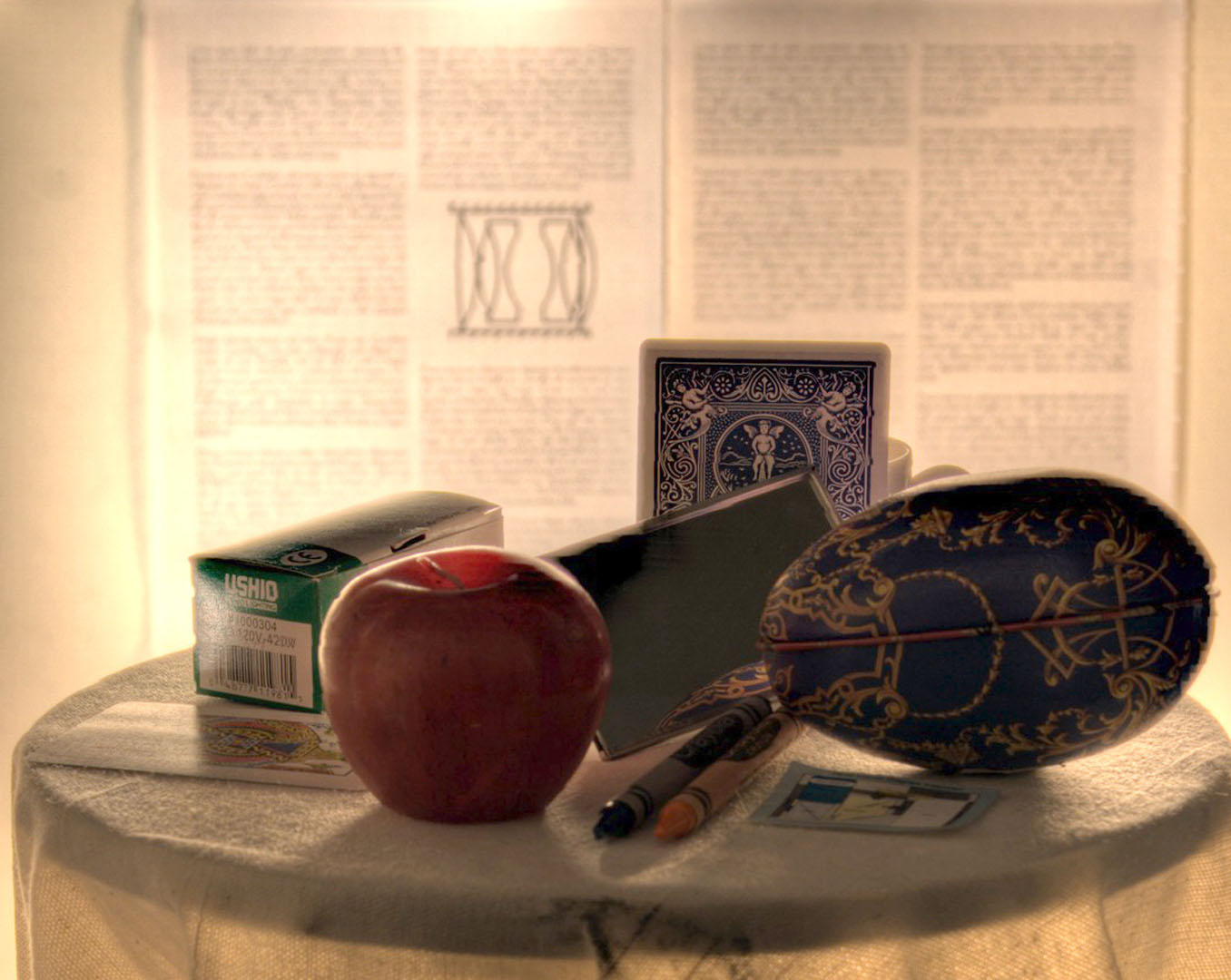“Veiling glare in high dynamic range imaging” by Talvala, Adams, Horowitz and Levoy
Conference:
Type(s):
Title:
- Veiling glare in high dynamic range imaging
Presenter(s)/Author(s):
Abstract:
The ability of a camera to record a high dynamic range image, whether by taking one snapshot or a sequence, is limited by the presence of veiling glare – the tendency of bright objects in the scene to reduce the contrast everywhere within the field of view. Veiling glare is a global illumination effect that arises from multiple scattering of light inside the camera’s body and lens optics. By measuring separately the direct and indirect components of the intra-camera light transport, one can increase the maximum dynamic range a particular camera is capable of recording. In this paper, we quantify the presence of veiling glare and related optical artifacts for several types of digital cameras, and we describe two methods for removing them: deconvolution by a measured glare spread function, and a novel direct-indirect separation of the lens transport using a structured occlusion mask. In the second method, we selectively block the light that contributes to veiling glare, thereby attaining significantly higher signal-to-noise ratios than with deconvolution. Finally, we demonstrate our separation method for several combinations of cameras and realistic scenes.
References:
1. Boynton, P. A., and Kelley, E. F. 2003. Liquid-filled camera for the measurement of high-contrast images. SPIE, D. G. Hopper, Ed., vol. 5080, 370–378.Google Scholar
2. Debevec, P. E., and Malik, J. 1997. Recovering high dynamic range radiance maps from photographs. In Proceedings of ACM SIGGRAPH 1997, ACM Press/Addison-Wesley Publishing Co., New York, NY, USA, 369–378. Google ScholarDigital Library
3. Fattal, R., Lischinski, D., and Werman, M. 2002. Gradient domain high dynamic range compression. In ACM Transactions on Graphics, ACM Press, New York, NY, USA, 249–256. Google ScholarDigital Library
4. Faulkner, K., Kotre, C., and Louka, M. 1989. Veiling glare deconvolution of images produced by x-ray imageintensifiers. In Proceedings of the Third International Conference on Image Processing and its Applications, 669–673.Google Scholar
5. Garg, G., Talvala, E.-V., Levoy, M., and Lensch, H. P. A. 2006. Symmetric photography: Exploiting data-sparseness in reflectance fields. In Proceedings of the Eurographics Symposium on Rendering, 251. Google ScholarCross Ref
6. International Organization For Standardization. 1994. ISO 9358:1994: Optics and optical instruments – Veiling glare of image forming systems – Definitions and methods of measurement. International Organization for Standardization, Geneva, Switzerland.Google Scholar
7. Kuwabara, G. 1953. On the flare of lenses. Journal of the Optical Society of America 43, 1, 53.Google ScholarCross Ref
8. Mann, S., and Picard, R. W. 1995. Being ‘undigital’ with digital cameras: Extending dynamic range by combining differently exposed pictures. In IS&T 46th annual conference, 422–428.Google Scholar
9. Matsuda, S., and Nitoh, T. 1972. Flare as applied to photographic lenses. Applied Optics 11, 8, 1850.Google ScholarCross Ref
10. McCann, J. J., and Rizzi, A. 2007. Veiling glare: the dynamic range limit of HDR images. In Human Vision and Electronic Imaging XII, SPIE, vol. 6492.Google Scholar
11. Nayar, S. K., and Branzoi, V. 2003. Adaptive dynamic range imaging: Optical control of pixel exposures over space and time. In IEEE International Conference on Computer Vision, 1168–1175. Google ScholarDigital Library
12. Nayar, S. K., Krishnan, G., Grossberg, M. D., and Raskar, R. 2006. Fast separation of direct and global components of a scene using high frequency illumination. In ACM Transactions on Graphics, ACM Press, New York, NY, USA, 935–944. Google ScholarDigital Library
13. Reinhard, E., Ward, G., Pattanaik, S., and Debevec, P. 2006. High Dynamic Range Imaging – Acquisition, Display and Image-based Lighting. Morgan Kaufman Publishers, 500 San-some Street, Suite 400, San Francisco, CA 94111. Google ScholarDigital Library
14. Seibert, J. A., Nalcioglu, O., and Roeck, W. 1985. Removal of image intensifier veiling glare by mathematical deconvolution techniques. Medical physics 12, 3, 281–288.Google Scholar
15. Sen, P., Chen, B., Garg, G., Marschner, S. R., Horowitz, M., Levoy, M., and Lensch, H. P. A. 2005. Dual photography. In ACM Transactions on Graphics, ACM Press, New York, NY, USA, 745–755. Google ScholarDigital Library
16. Starck, J., Pantin, E., and Murtagh, F. 2002. Deconvolution in astronomy: A review. Publications of the Astronomical Society of the Pacific 114, 1051–1069.Google ScholarCross Ref
17. Wilburn, B., Joshi, N., Vaish, V., Talvala, E.-V., Antunez, E., Barth, A., Adams, A., Horowitz, M., and Levoy, M. 2005. High performance imaging using large camera arrays. In ACM Transactions on Graphics, ACM Press, New York, NY, USA, 765–776. Google ScholarDigital Library





